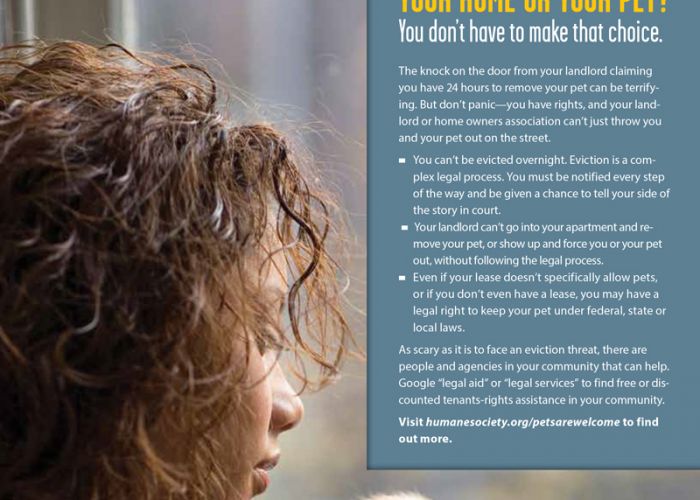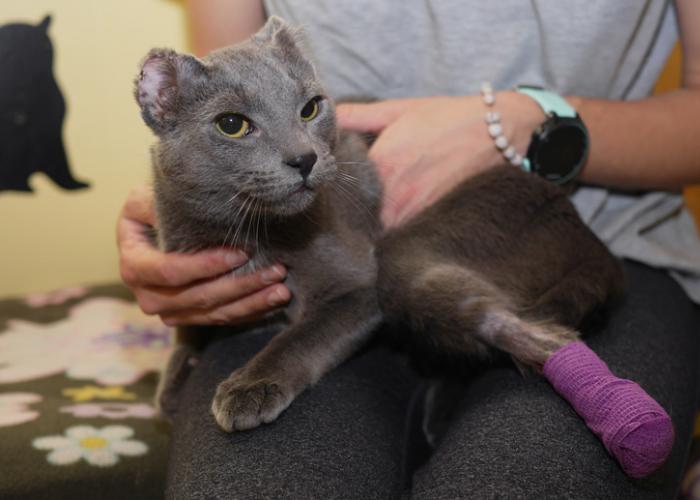Making the grade
Florida shelter achieves high marks in humane education
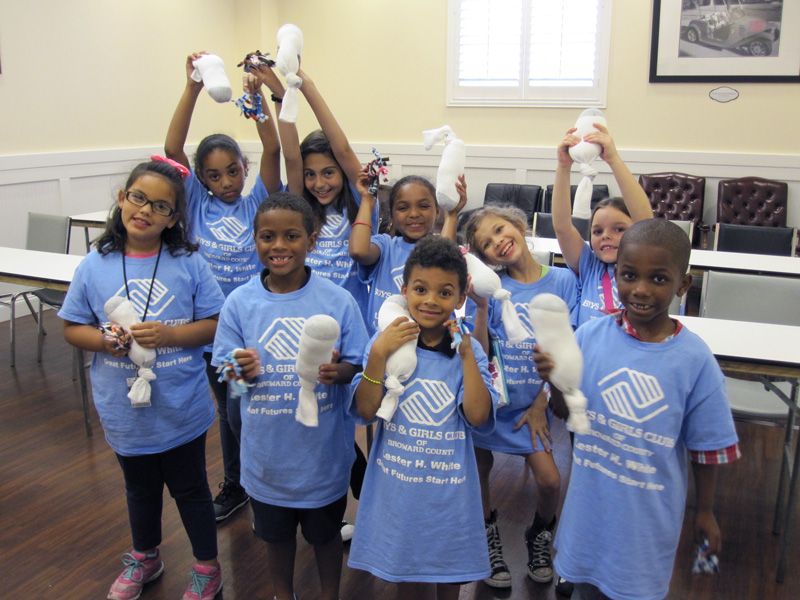
A humane education program that pays for itself?
It’s not a pipe dream, says Caroline Crane, vice president of education at the Humane Society of Broward County in Florida.
The open-admission shelter reaches tens of thousands of children and adults in the community each year through its rich roster of educational programs—all while generating more than $160,000 in direct revenue.
When Crane began working at the shelter over two decades ago, the humane education department provided school presentations, shelter tours for classrooms and a handful of other free programs. With just one staffer—Crane—and two volunteers, there wasn’t time or resources to do more.
Then in 2007, after hosting an unexpectedly successful birthday party at the shelter, the humane society started offering fee-based programs, including seasonal kids camps, after-school programs, reading programs and pajama parties. The money generated enabled the department to expand and launch more of the programs its community wanted. Today, four full-time staffers, one part-timer and over 50 volunteers coordinate a wide variety of free and fee-based programs.
“I never in a million years thought that our programs could be a successful [revenue generator],” Crane says. “I never would have thought of charging for humane education. Now I’m like, ‘Why shouldn’t we?’ It’s only going back to help more homeless animals, and people are willing to pay and they’re very generous. We’re still doing all the free programs, and we’ll always bend the rules if they can’t afford it.”
While most programs target school-age kids, the shelter has found ways to engage all age groups—from story time hours for parents with newborns and toddlers to a Seniors for Animals Club that promotes older pets, raises money through bake sales and bingo games, and makes toys and treats for the animals. Outside the shelter walls, Crane and her staff work closely with local educators to develop humane lesson plans, and they coordinate service projects with local Scout groups and other community youth organizations.
Over the years, the shelter has witnessed the long-term payoffs in the form of lifelong volunteers, donors and adopters and a community informed on animal welfare issues. Annual intakes have dropped from 26,000 animals in 2010 to around 9,000, while the live-release rate has nearly doubled to 80 percent—changes Crane attributes to the combination of humane education, low-cost spay/neuter and surrender prevention programs. The county shelter numbers have dropped as well.
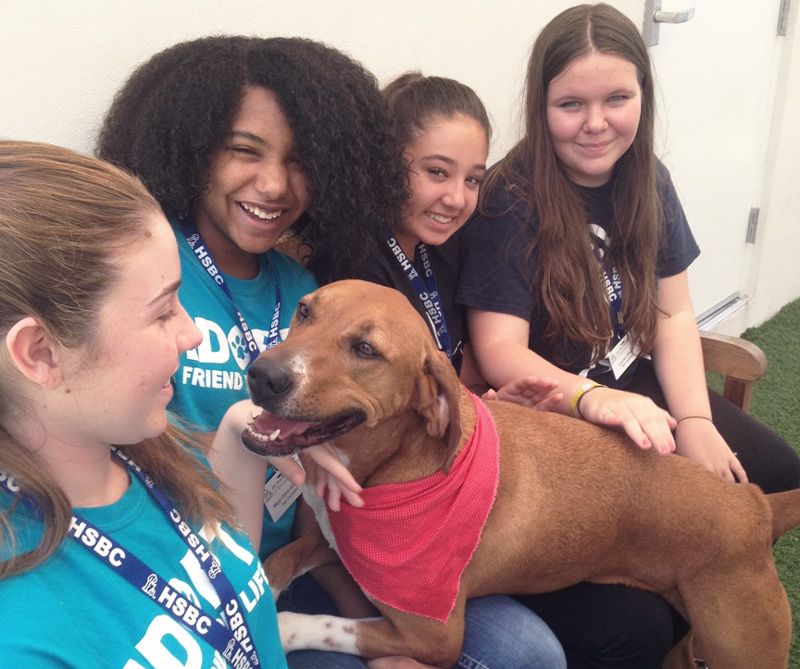
“Our goal is building a humane community,” she says.
And as yesterday’s tots and teens graduate high school and college, Crane sees that goal coming closer and closer to fruition: “The fantasy to end pet overpopulation? It’s actually becoming a reality.”
In this edited interview with senior editor Julie Falconer, Crane describes how a strategic approach to humane education has enabled her shelter to evolve and flourish.
What prompted your shelter to launch fee-based programs?
It all started with a little girl who wanted to have her birthday party at the humane society. We were like, “We don’t do birthday parties. This isn’t really the place.” But she was really insistent, so we said OK, and it turned out to be a great little party. So we started thinking, “Why not have parties and charge different amounts?”
We have three different levels of birthday parties, from $200 to $500, depending on the number of activities. One activity is puppy playtime—everybody picks that! Some other activities include making no-bake dog treats, build-a-pet (like a build-a-bear activity) and making dog bowls with paintable markers. We provide cake and pizza.
The great thing about it is, number one, families that wouldn’t normally come here come to the shelter. Number two, every party includes a tour of the shelter. They walk through and think, “My gosh, look at all these beautiful animals. I had no idea.” And number three, all the money goes back to help homeless animals.
We’re at a point now that our weekends are [fully] booked, it’s so popular. A lot of these kids, in lieu of wanting birthday gifts, want donations. We bring in $50,000 a year just from birthday parties. We market to kids but will do any age group—just last weekend, we had one for a 68-year-old and another one for an 80-year-old.
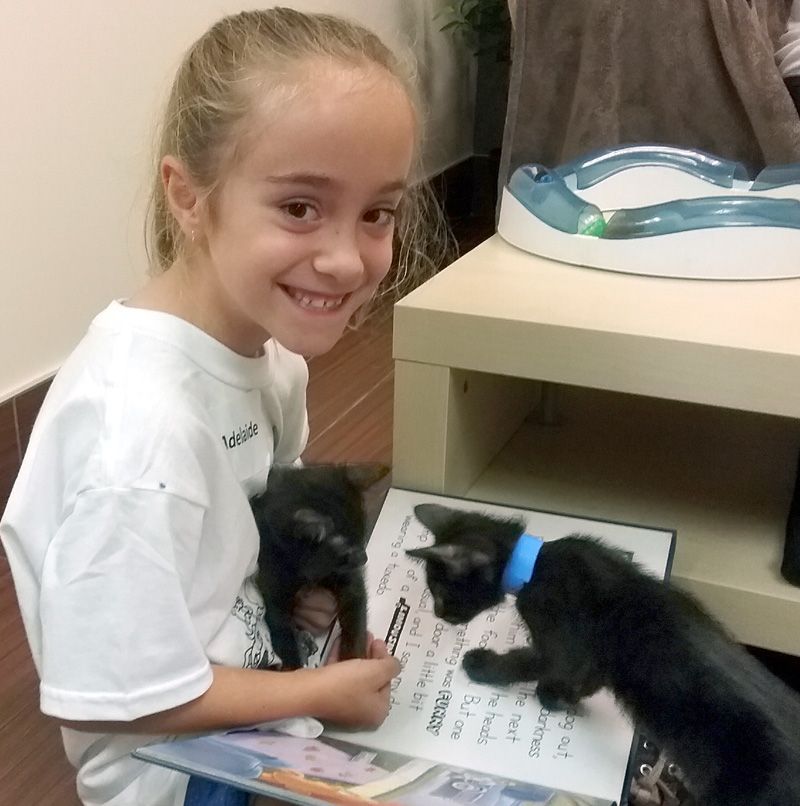
What are your most popular programs?
Camp! We put it on the website, and it’s sold out within a few days. We have eight weeks of camp during the summer, a spring camp and a fall camp.
My personal favorite is our kids clubs. When I first started in this job, I was going from school to school doing presentations. I felt like, “I’m going into a school for an hour and I’m leaving and maybe it had an impact,” but I wanted a longer-term relationship with the kids.
The Daisy’s Kids Club is an after-school program that meets each month, and there are 50 kids in each of the three age groups. I could give you names of kids who have been with us for years, some since 6 years old. A boy named Preston started in Little Pups years ago and became very involved. When he turned 13, he went into the teen club. When he turned 16, he got a job as an adoption counselor.
For these kids, the humane society becomes their family. They make such good friends. They have something in common—their love for animals—and it creates a lot of bonding.
What type of feedback do you get from parents?
The parents say, “You guys need to have more clubs.” We’re kind of getting maxed out, but the parents want more. They’re very happy with what we do.
Many times, we’re educating the adults at the same time. With kids clubs, we have the parents come in for orientation first and teach them what we’re teaching their kids. We tell them that we’re going to be teaching them about adopting rather than buying pets. We’re going to be teaching them about puppy mills. We just started a Mommy and Me group last year. Moms and dads and grandmas come with little ones. We have story time, nursery rhymes, singing and dancing. The kids are exposed to different animals, taught how to pet them and interact with them. Many times, parents end up becoming volunteers.
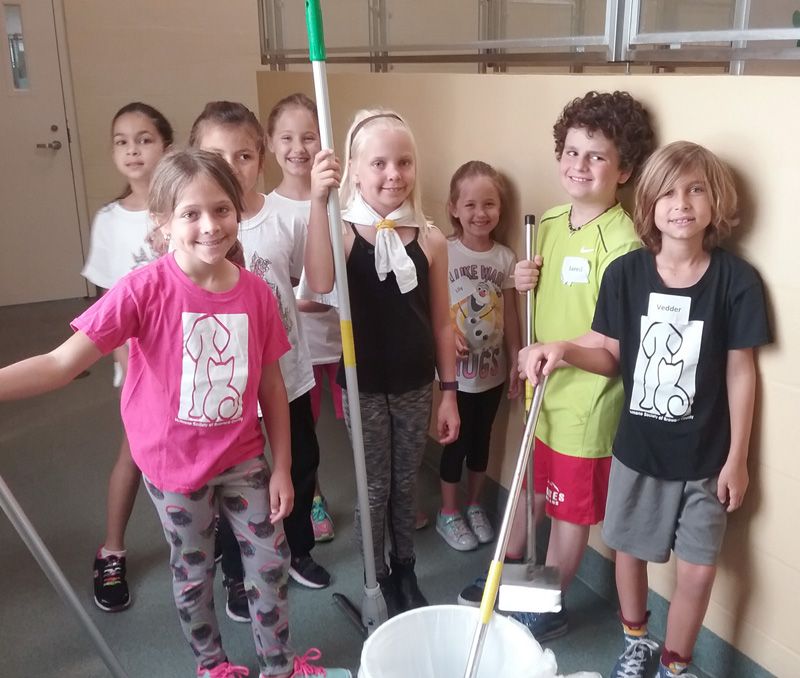
How have your educational programs affected your organization as a whole?
We’re very well known in the community. We’re the popular kid! Our Walk for the Animals kind of shows you that. Last year, we had over 40 sponsors, 4,000 people coming to walk, and raised over $250,000 for one walk. Our adoption rate has gone up tremendously. We don’t have to do any advertising any more for any of the kids programs—they fill up fast. The popularity of who we are, the revenue we’re bringing in, makes us able to focus more energy and efforts on each animal.
What changes have you seen in humane education over the past two decades?
Children are more empathetic and more attuned to being philanthropic than ever before. It just blows my mind what the kids know these days that I never knew about when I was a kid. The new generation—even though they’re on their phones a lot—are more aware of social issues and challenges in the world and becoming more equipped to handle them.
Our education department isn’t complacent. We keep changing with the times, with every age group and every ethnicity covered. We’re always working to grow and make it better.



